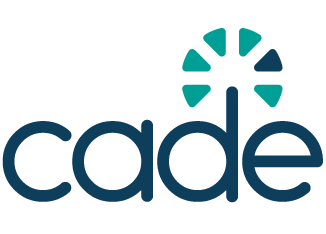ICANN opens consultation on updated community Code of Conduct
The update, based on feedback from a previous consultation and the ICANN82 community dialogue, introduces a new section with practical examples to support training, compliance, and enforcement. It also clarifies when disclosures are required, making it easier for community members to understand and follow the rules.

The Internet Corporation for Assigned Names and Numbers (ICANN) has opened a public consultation on an updated version of its Community Participant Code of Conduct, which sets out how members of the ICANN community must disclose their Statements of Interest when participating in policymaking.
The Code of Conduct plays a critical role in ICANN’s multistakeholder model, where governments, businesses, civil society, and technical experts all help shape Internet governance policies. Because participants often have ties to companies, governments, or industry groups, the Code ensures that these affiliations are disclosed transparently. This allows the broader community to understand potential conflicts of interest and to maintain confidence that ICANN decisions are based on open debate rather than hidden influence.
In the past, ICANN has faced criticism when conflicts of interest were not clearly declared — for example, in debates over new top-level domains and domain name contracts, where some participants were seen as advocating for rules that could benefit their own organisations. The updated Code aims to address these concerns more clearly by adding practical examples to guide compliance and training, and by clarifying exactly when disclosures are required. This should make it harder for participants to avoid transparency obligations and easier for community members to hold one another accountable.
ICANN is now seeking comments on the proposed changes, with the consultation running until 30 June 2025. The outcome will help shape a final version of the Code, reinforcing ICANN’s efforts to improve accountability and trust in its decision-making processes.


